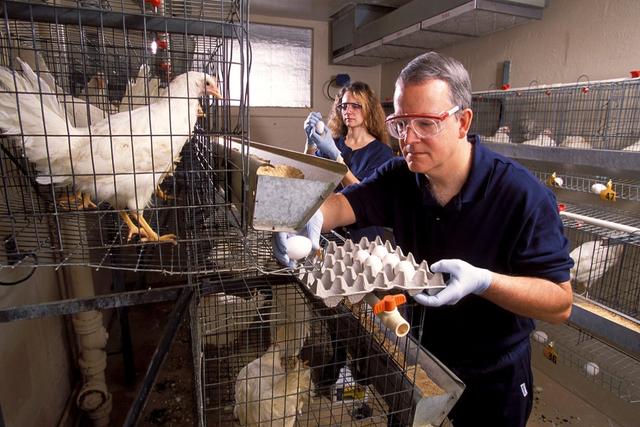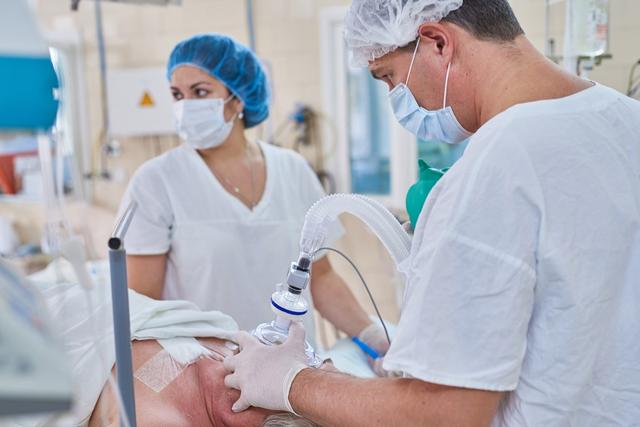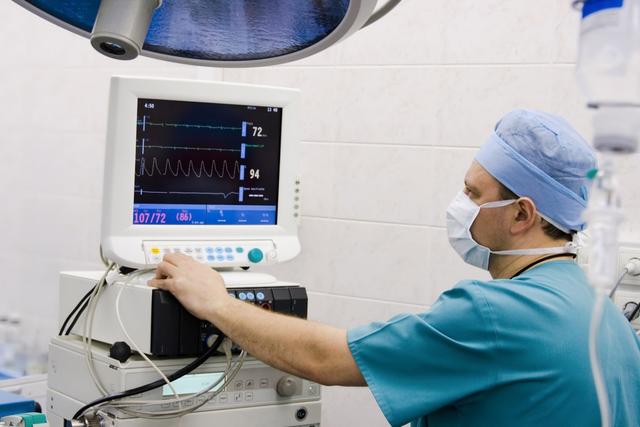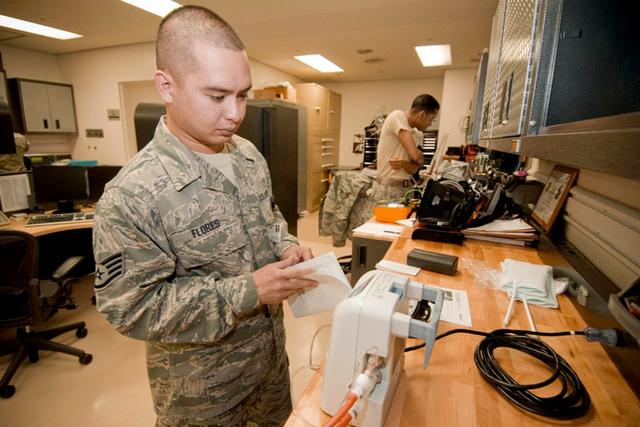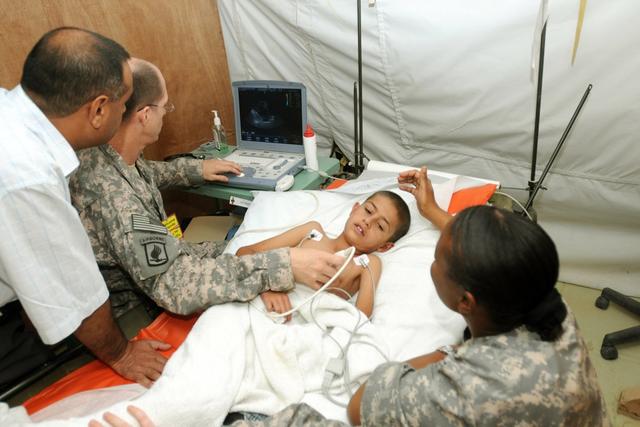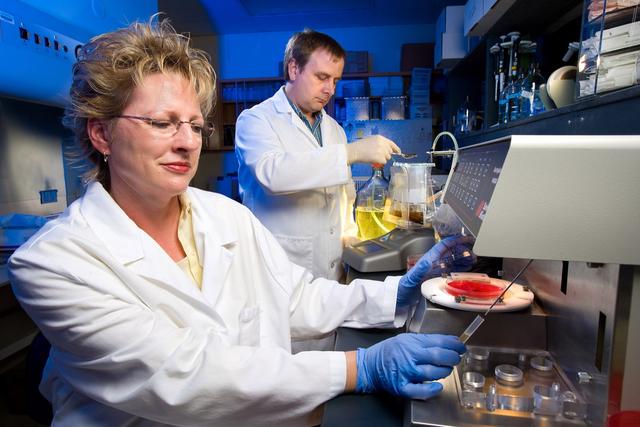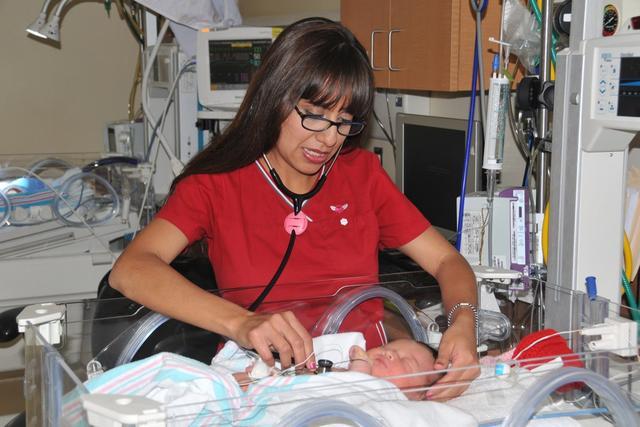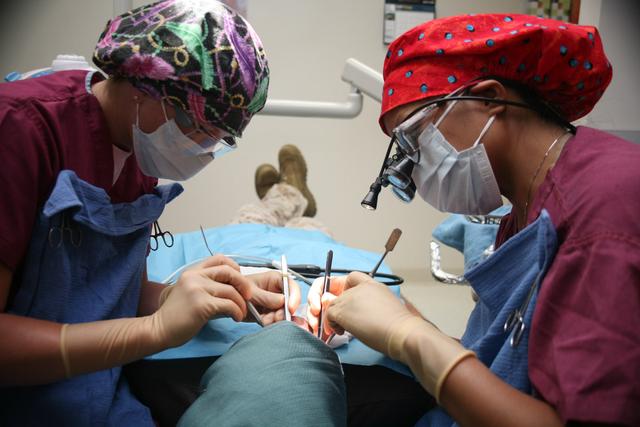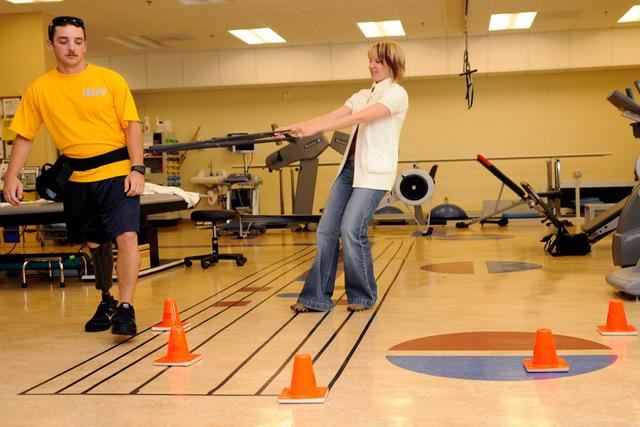Phlebotomy Technicians
Overview
Introduction
Phlebotomy technicians, sometimes called phlebotomists, draw blood from patients or donors in hospitals, blood banks, clinics, physicians offices, or other facilities. They assemble equipment, verify patient identification numbers, and withdraw blood either by puncturing a persons finger, or by extracting blood from a vein or artery with a needle syringe. They label, transport, and store blood for analysis or for other medical purposes. There are 331,700 medical and clinical laboratory technicians, including phlebotomy tech...
Quick Facts
Median Salary
Employment Prospects
Minimum Education Level
Experience
Skills
Personality Traits
Earnings
Experience, level of education, employer, and work performed determine the salary ranges for phlebotomy technicians. According to the U.S. Department of Labor, in May 2018 the median annual salary for medical and clinical laboratory technicians, which includes phlebotomists, was $52,330. The lowest paid 10 percent earned less than $29,910, while the highest paid 10 percent earned $80,330 or mor...
Work Environment
Most phlebotomy technicians are supervised by other laboratory personnel and work in hospitals, clinics, doctors offices, reference laboratories, mobile blood units, and blood banks. Some technicians may be required to work long shifts and stand for prolonged periods of time. If they work for a blood bank, they may be required to travel to other sites for a blood drive.
Outlook
The U.S. Department of Labor reports that employment opportunities for clinical laboratory technicians are expected to grow at a much-faster-than-average rate through 2028. Demand is expected to be greatest in medical and diagnostic laboratories, physicians offices, and other ambulatory care facilities. As the percentage of our population age 65 or older continues to rise, the demand for all ki...

